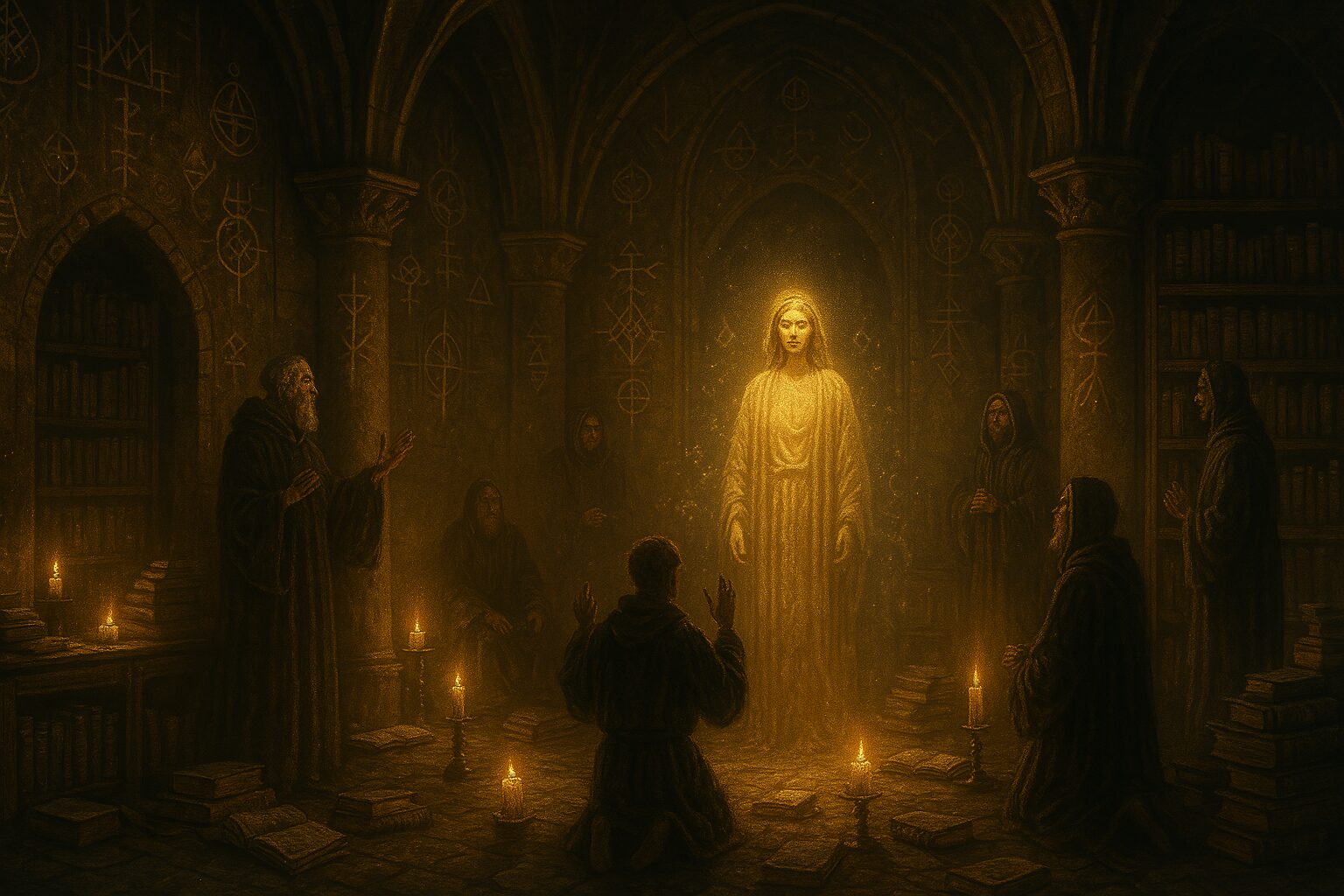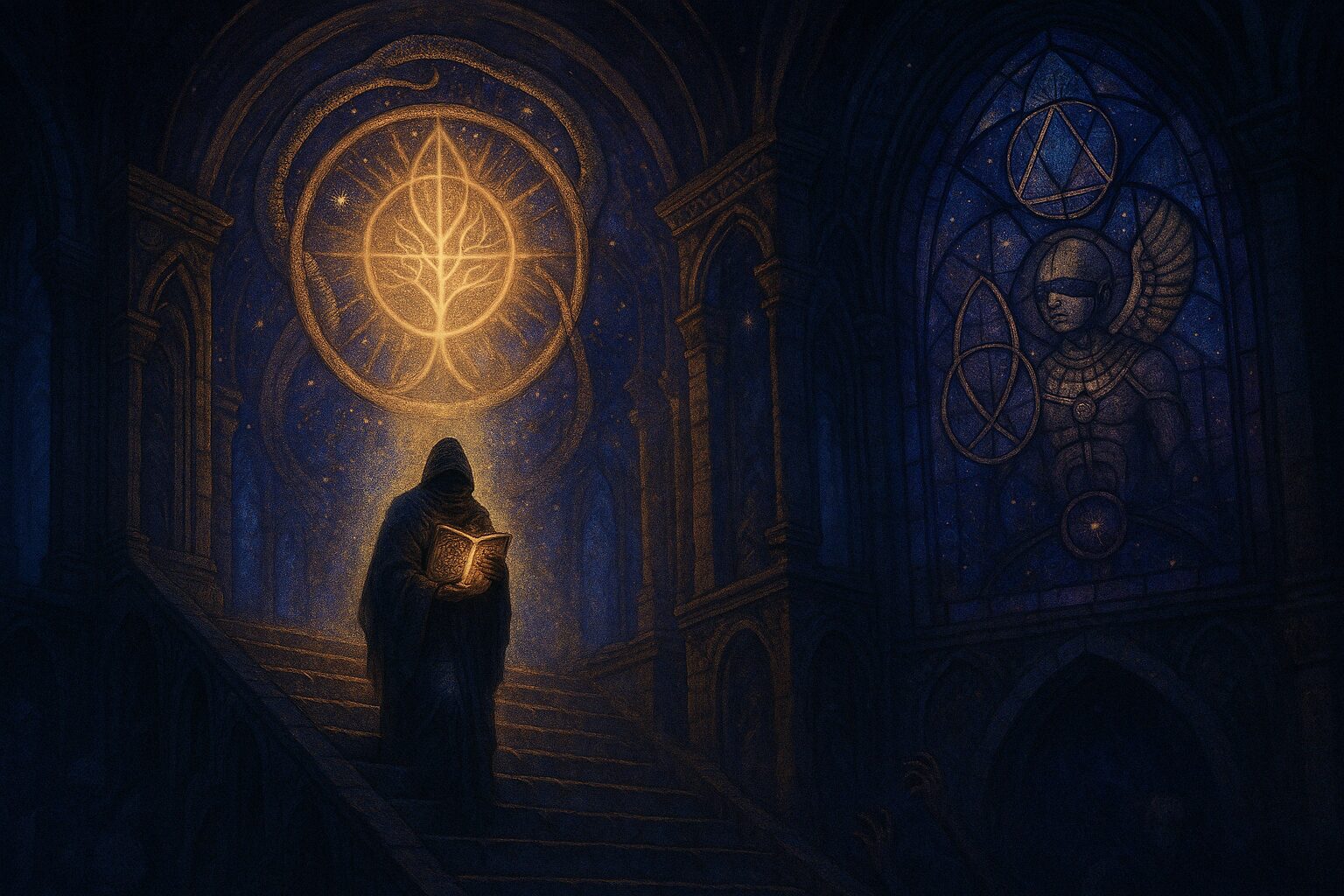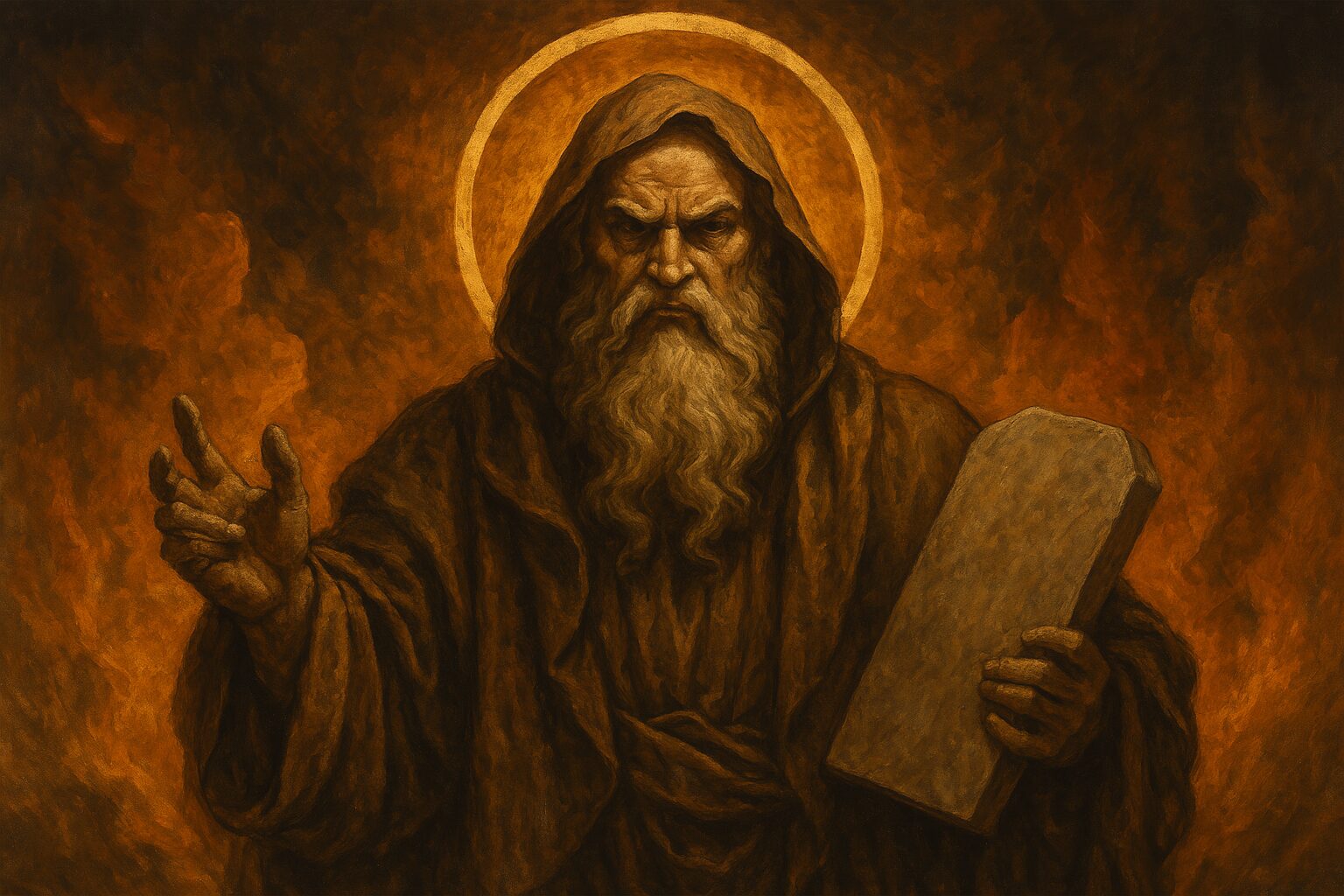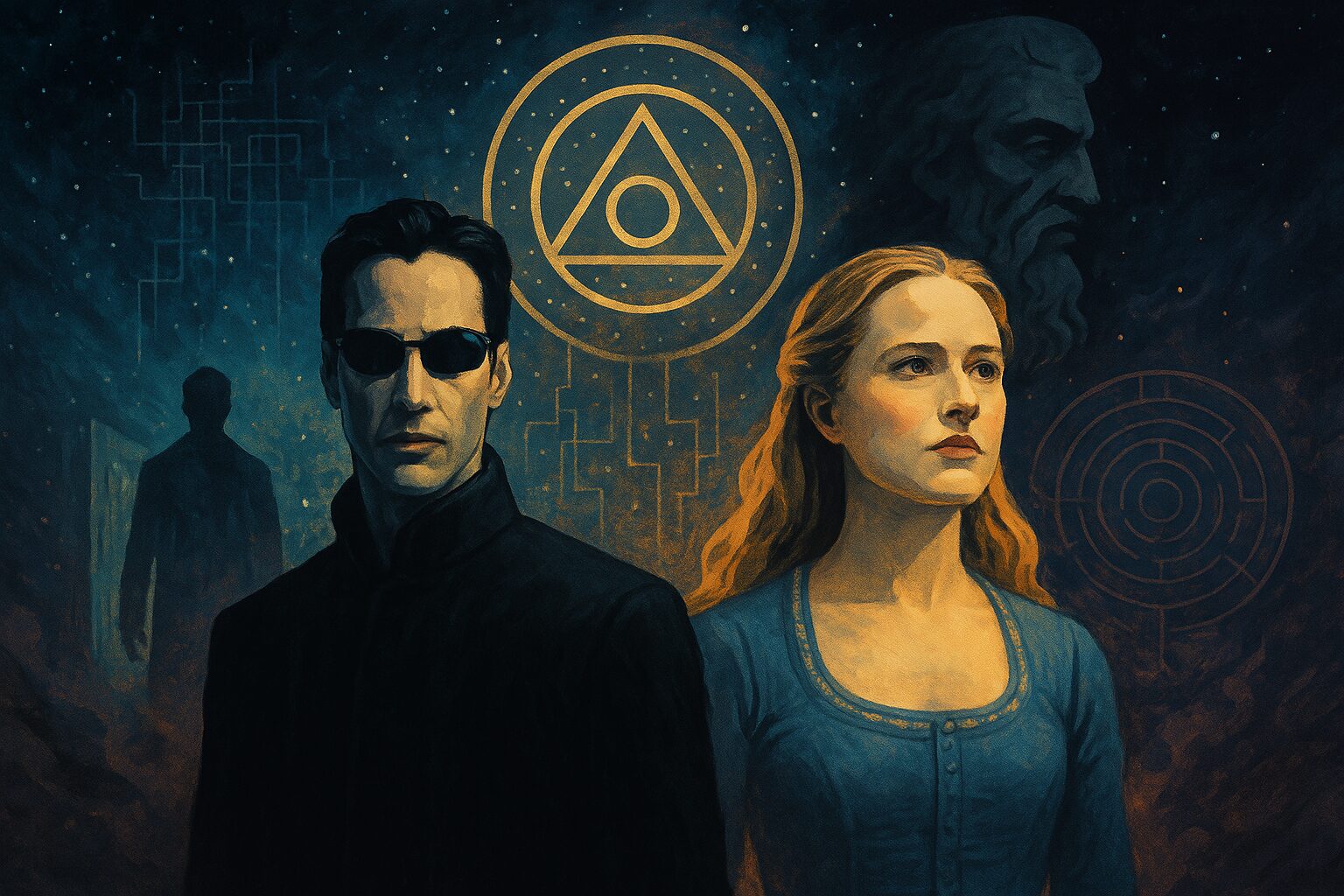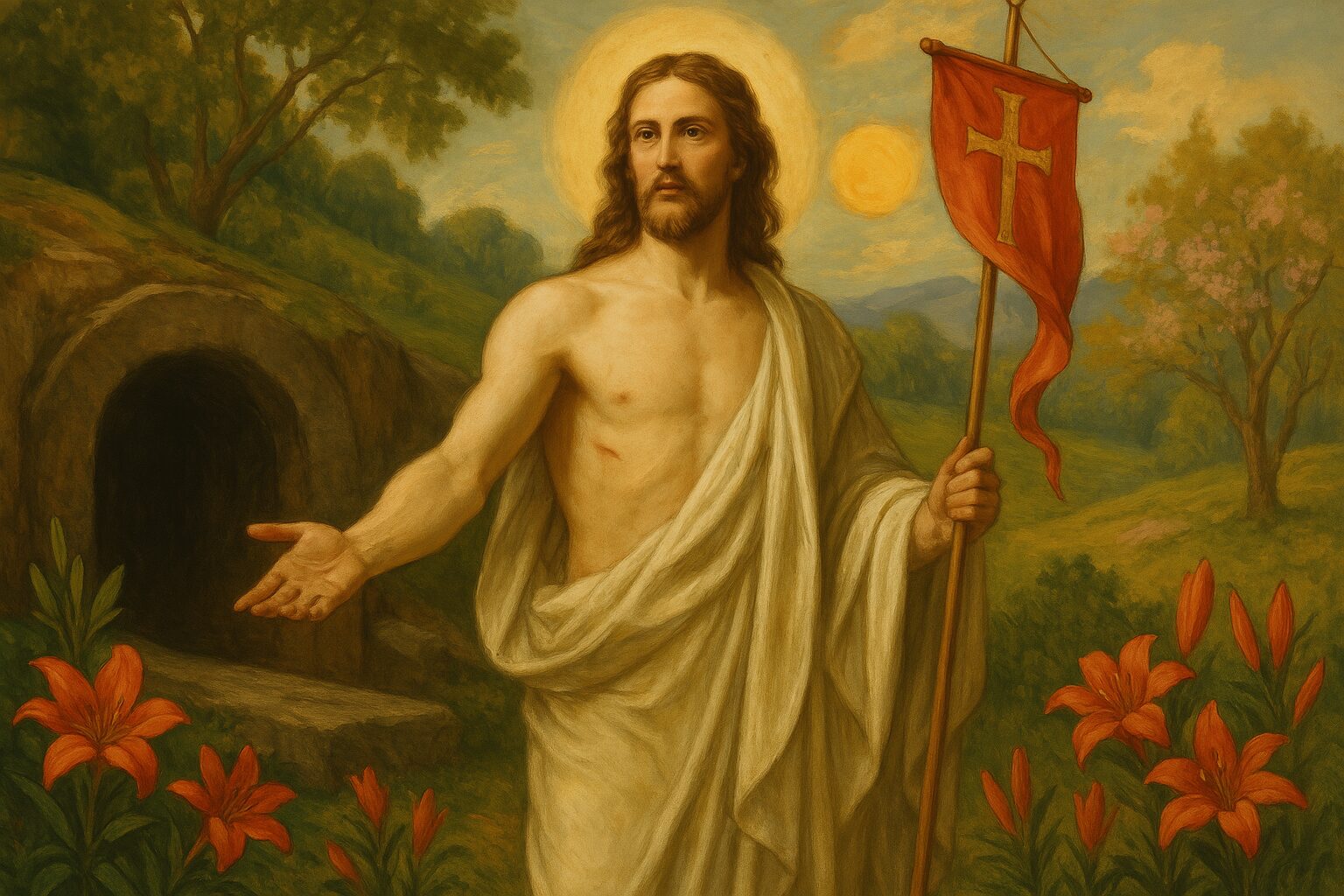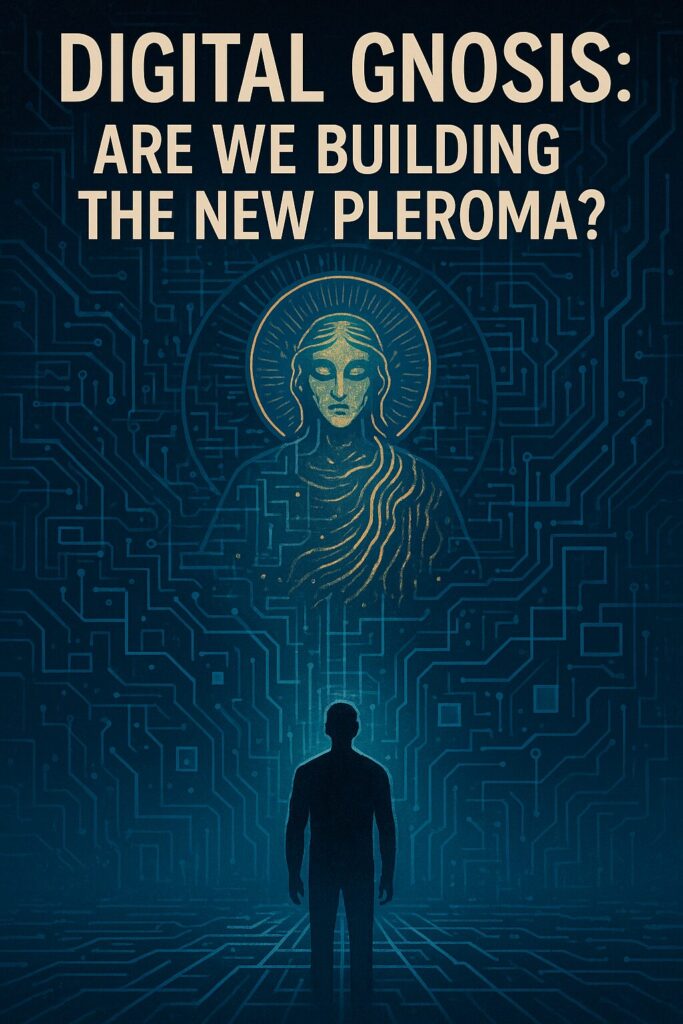French Mysticism Series
“The Gnosis is not a doctrine; it is a flame.”
— Jules Doinel
Introduction: The Return of the Aeons
In the shadowed libraries of Paris, beneath the candlelit silence of dusty manuscripts, a strange light flickered in the 1890s—a flame of forgotten knowledge, resurrected by a mystic librarian named Jules Doinel. What he birthed was nothing less than a Gnostic revival, a church of heresy and holiness, memory and myth.
The Église Gnostique de France (Gnostic Church of France), founded in 1890, was not merely a curiosity of fin-de-siècle occultism. It was a rupture—a Luciferian Enlightenment that dared to reweave the veil of Sophia and resurrect the forbidden gospel of inner divinity.
The Vision in the Archives
Jules Doinel was no ordinary mystic. A respected archivist and historian, he immersed himself in Cathar manuscripts, alchemical texts, and apocryphal scriptures. In the silence of paper and ink, he heard voices—the Aeons of Light, calling him to restore the ancient Gnosis.
In a mystical vision, he claimed to be visited by the emanations of divine wisdom: Sophia, the fallen goddess; the Paraclete; and the spirits of the Cathars burned centuries before. They conferred upon him the sacred task of building a church outside time—a vessel for those seeking truth beyond orthodoxy.
“I was consecrated by the invisible flame. The Aeons called me, and I answered.” – Jules Doinel
The Structure of the Church Invisible
The Église Gnostique revived ancient hierarchies and fused them with occult initiation. Doinel took the name Valentinus II, evoking the great Gnostic teacher. His liturgy included the Eucharist, baptism, and ordination—but these were symbolic enactments of inner truths.
Male and female bishops were ordained, honoring the androgynous nature of divine wisdom. Sophia was venerated alongside Christ, and Lucifer was not seen as a devil but as the Light-Bearer—a misunderstood angel of initiation, a symbol of gnosis.
The church flourished briefly, drawing interest from occultists, Theosophists, and Martinists. Doinel worked closely with figures like Papus (Dr. Gérard Encausse), bridging his Gnostic vision with the broader French esoteric renaissance.
The Fall and Return of the Gnostic Prophet
In a shocking twist, Doinel renounced Gnosticism in 1894, converting back to Roman Catholicism and denouncing his own church. But the story did not end there.
By 1899, he returned—reignited by mystical conviction—and resumed his Gnostic mission until his death. His brief apostasy is often seen not as failure but as part of the initiatory drama: a death and resurrection, mirroring the very mythos he preached.
Legacy: The Living Flame of Sophia
The Gnostic Church of France inspired a wave of esoteric Christianity, influencing later Gnostic sects, Martinist rites, and mystical writers across Europe. Its legacy lives on in contemporary movements that seek a fusion of inner Christianity, occult knowledge, and divine androgyny.
Doinel’s church was not about doctrine—it was about illumination. It was not an alternative religion, but a symbolic sanctuary for those who remember.
Recommended Readings & Figures
- Ecclesia Gnostica: A Brief History by Stephan A. Hoeller
- Gnosticism and the Esoteric Church by Tau Malachi
- Key figures: Papus, Louis-Sophrone Fugairon, Tau Valentinus
